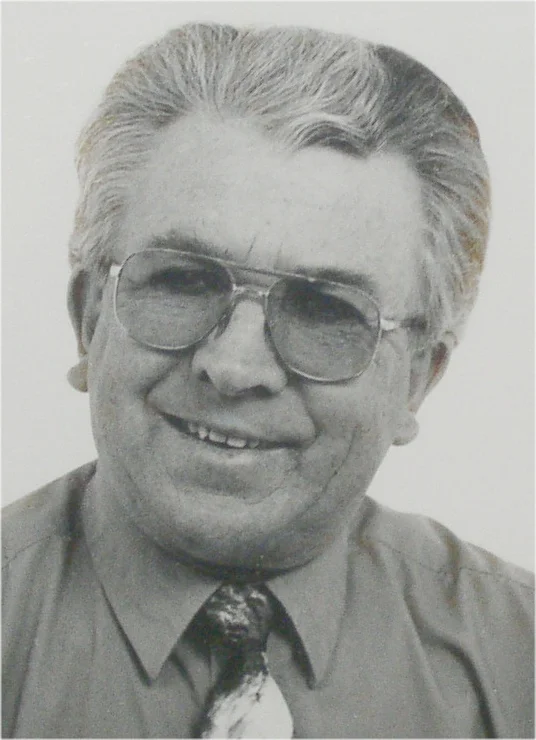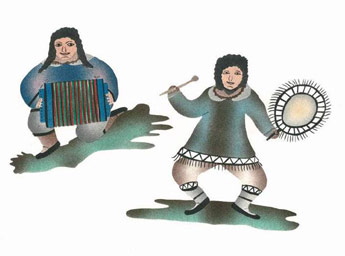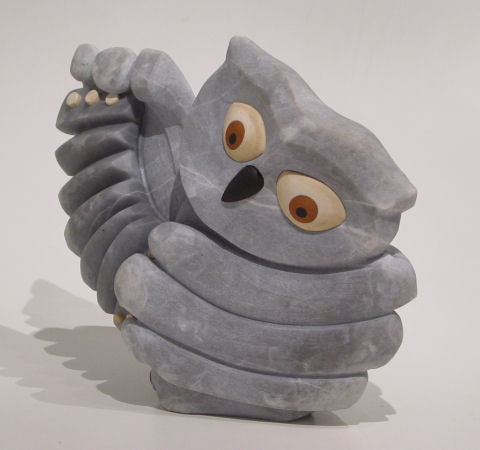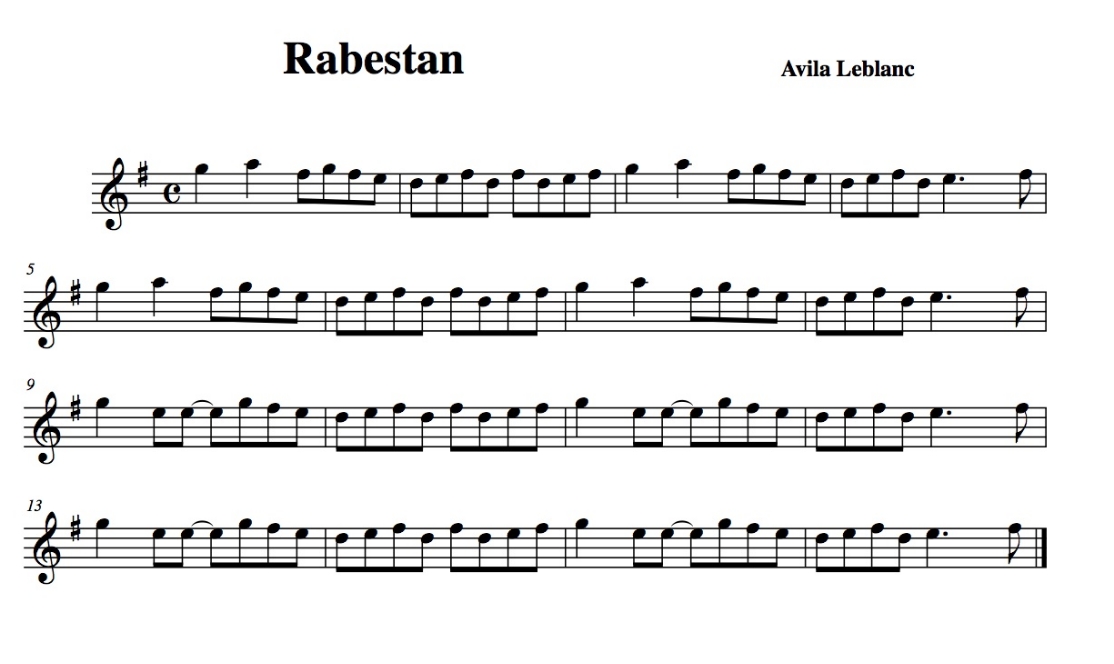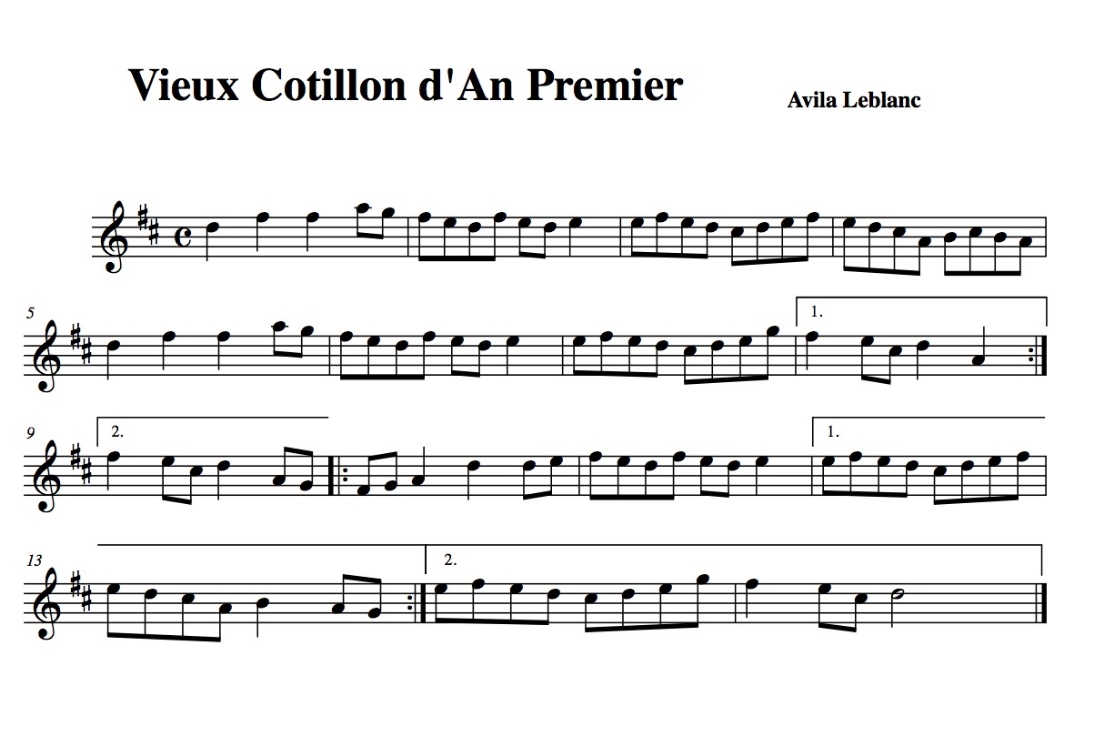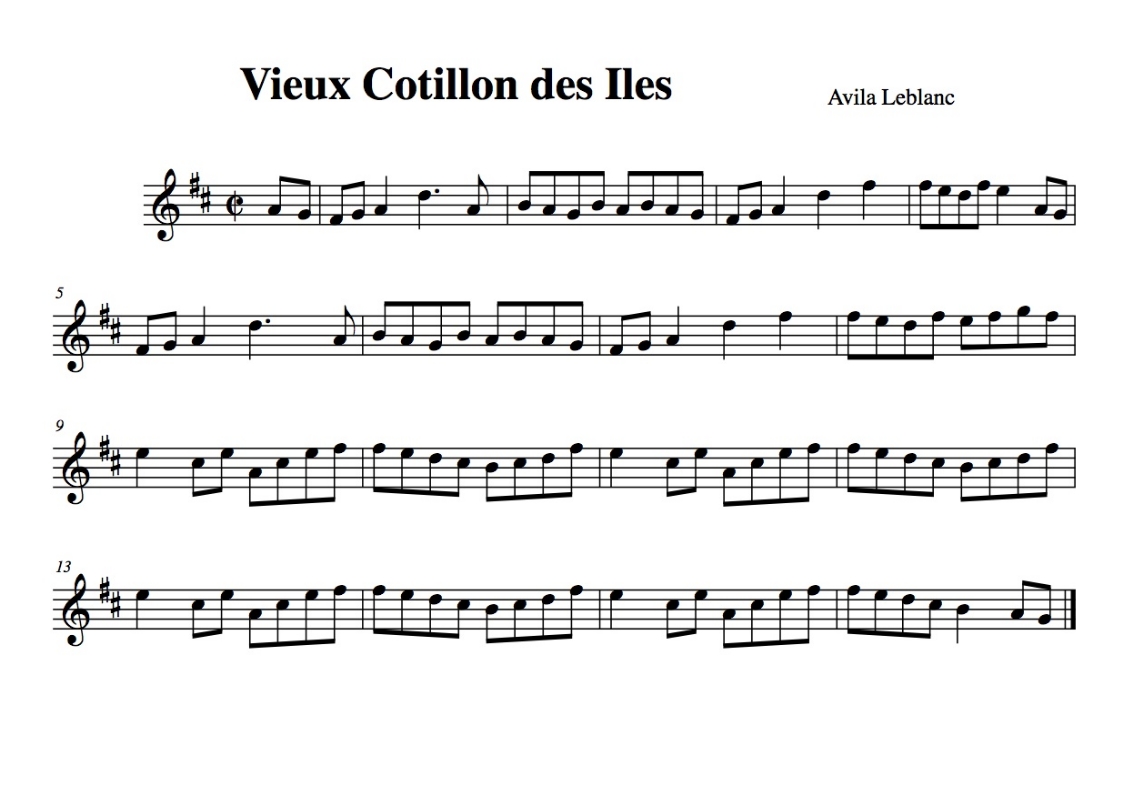Eddy Arsenault: fisherman, carpenter, chorister, and one of the best fiddlers of Prince Edward Island died September 18th at a hospital in Summerside, just short of his 93rd birthday. He was born in St. Chrysostome in the Evangéline (Acadian) region of Prince Edward Island. The son of Arcade and Madeleine Arsenault he was known as Eddy à Arcand. Not until 1943 when he enlisted in the army and looked at his birth certificate did he realize that his real name was Alfred J. Arsenault, but everyone called him Eddy. After a tour overseas as an army vehicle operator he returned home and married Rita. They had seven children and four grew up to be musicians, including two members (Helen and Albert) of the group Barachois. For more than forty years, Eddy was a lobster fisherman in Egmont Bay. He has been playing fiddle since he was 16 years old and his fiddle style is a blend of Cape Breton and Acadian French styles. He made two recordings: Eddy Arsenault-Egmont Baie in 1981 and a cassette tape in 1993 called Piling on the Bois Sec. His music is also featured on the cassette tape Party Acadien from 1995
This piece was written by Edward à Polycarpe Arsenault but played by Eddy Arsenault on the Party Acadien tape.


















